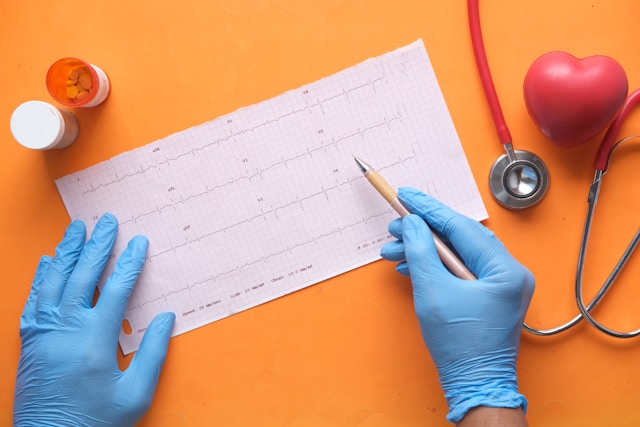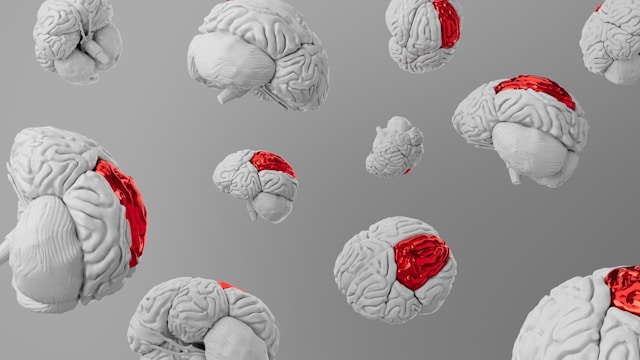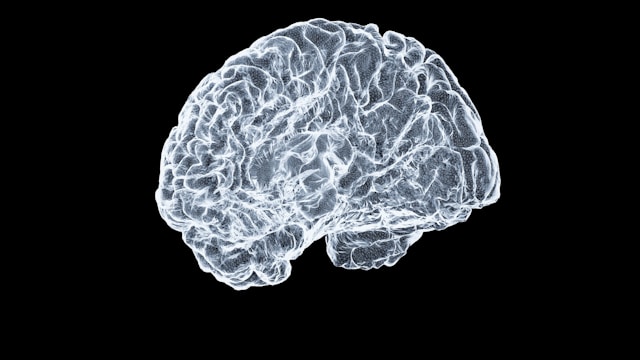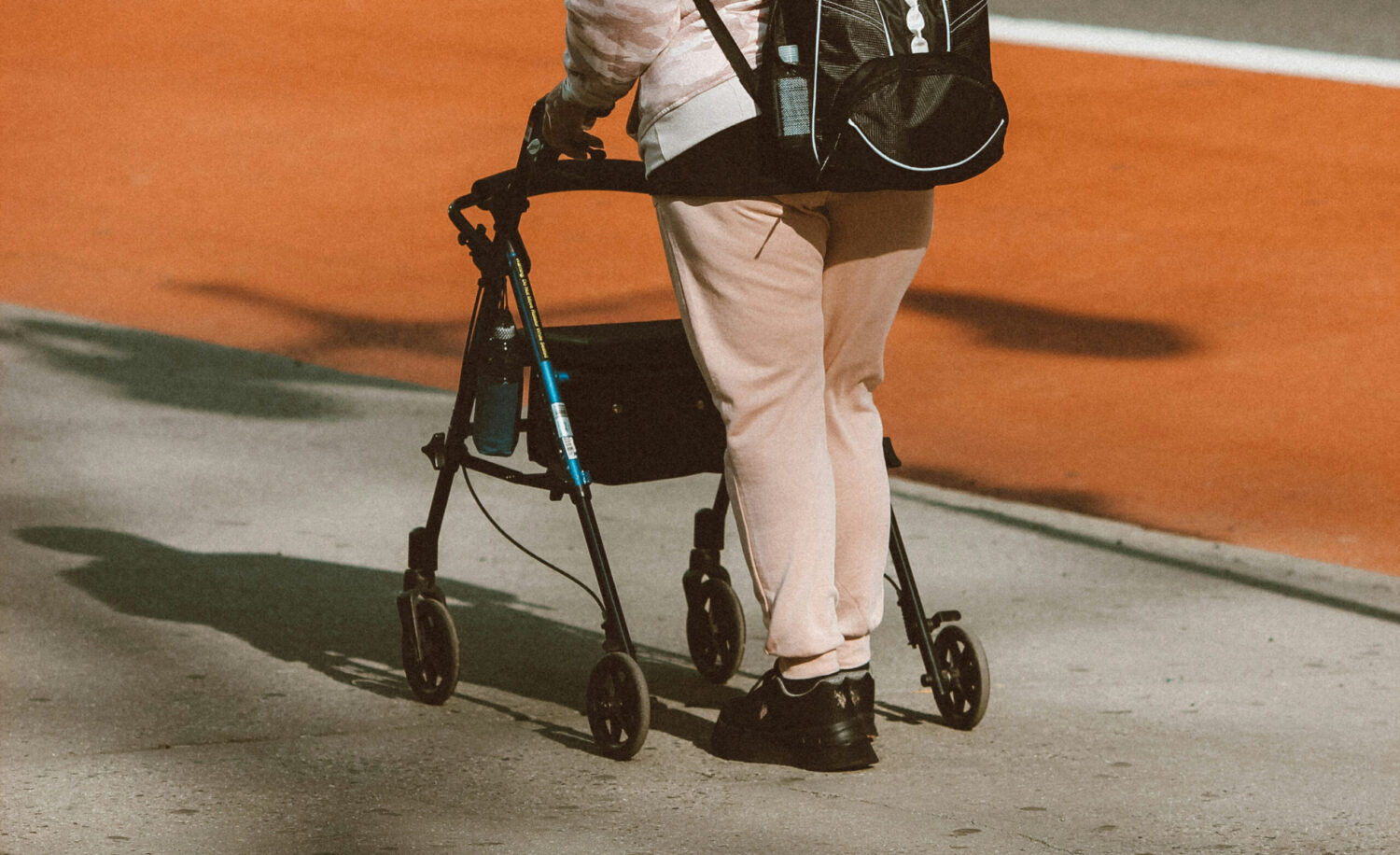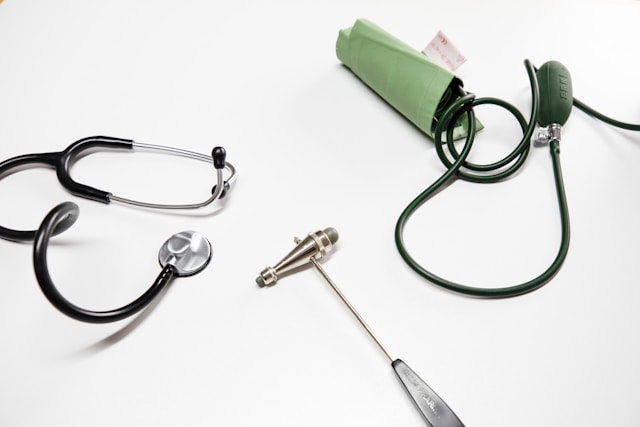L.V. Stakhovskaya 1 , E.A. Mkhitaryan 2 , O.N. Tkachev 1.2 , T.M. Ostroumova 3 , O.D. Ostroumova 3.4
1 FGAOU in Russian National Research Medical University named after N.I. Pirogov »Ministry of Health of Russia, Moscow, Russia;
2 Russian Gerontological Scientific and Clinical Center of the FGAOU in the Russian National Research Medical University named after N.I. Pirogov »Ministry of Health of Russia, Moscow, Russia;
3 FGAOU in the First Moscow State Medical University named after THEM. Sechenov »Ministry of Health of Russia (Sechenov University), Moscow, Russia;
4 FSBEI of DPO “Russian Medical Academy of Continuing Professional Education” of the Ministry of Health of Russia, Moscow, Russia
Place of publication:
a journal of neurology and psychiatry named after S.S. Korsakova, 2020, T.120, No. 8, Issue 2
Summary:
Purpose of the study. To evaluate the effectiveness and safety of prolonged sequential therapy with Mexidol with a hemisphere ischemic stroke in acute and early recovery periods in patients of various age groups.
Material and methods. The study is an additional analysis of age groups among 150 patients who took part in a randomized double blind multicenter placebo-controlled in parallel groups of the epic study. The entire study of the study (62 men and 88 women) was divided into subgroups by age: under 60 years old, 60–75 years old, 76–90 years. Also, all participants in the study were divided into 2 populations: ITT (Intent to Treat Population, patients who received at least one dose of the drug/placebo drug) and PP (Per Protocol Population, patients who received the drug in accordance with the research protocol). The results were evaluated on the modified Rankin scale (MSHR) at the end of the course of therapy, the Bartel index, the Bek depression scale, and the European questionnaire for assessing the quality of life.
Results. The effectiveness of Mexidol on all the scales used did not differ depending on age. At the time of the end of the therapy, the average MSHR score was lower in patients 76–90 years (in both populations) compared to placebo (p <0.001). The dynamics of reducing the average score in MSHR (1-5th visits) was more pronounced in patients of 60–75 years (p = 0.025), including patients with diabetes. In patients 76–90 years old and patients with diabetes mellitus compared to placebo, the severity of cognitive-affective symptoms of depression (p = 0.049 and p = 0.02, respectively), the share of patients with lack of problems with everyday affairs, increased statistically significant (P = P = P = P = P = P = P = P = P = P = P. 0.007 and p = 0.02, respectively). In patients with diabetes, the level of everyday activity (p = 0.023) has also increased statistically significantly significantly increased and the quality of life has improved (p = 0.045). There were no reliable differences in the frequency of unwanted phenomena in all studied groups.
Conclusion. It is recommended that the use of Mexidol in the acute and early recovery periods of ischemic stroke in all age groups, including patients with diabetes mellitus.
Key words: ischemic stroke, Mexidol, ethylmethylhydroxypyridine succinate, effectiveness and safety, ischemic stroke, acute period, early recovery period, epic.
